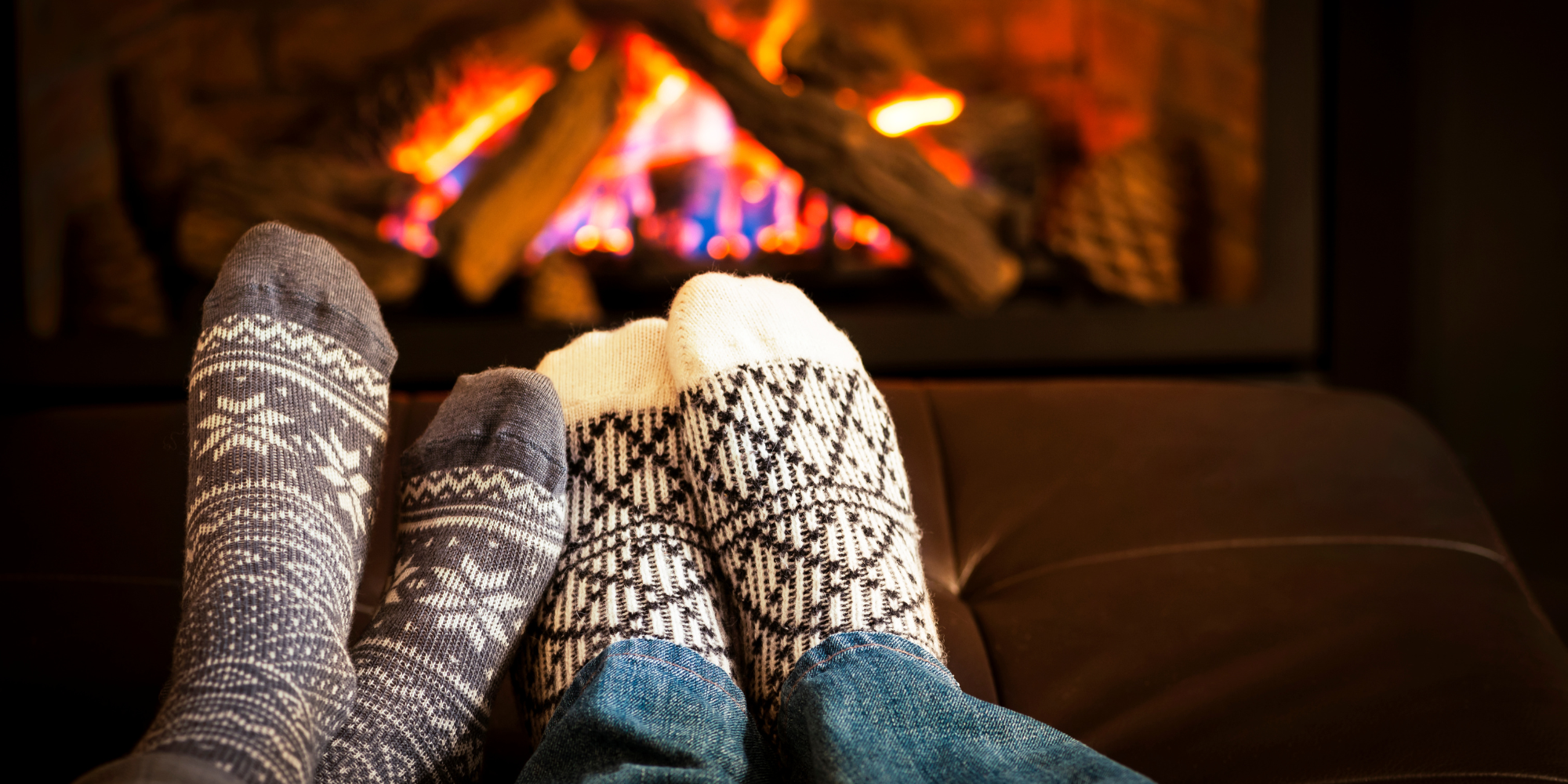Tips for Reducing Heating Costs During the Winter Months
As winter approaches, homeowners often brace themselves for the inevitable rise in heating costs. The chill in the air can lead to hefty energy bills, making it essential to find ways to keep your home warm without straining your budget. Fortunately, there are numerous strategies you can implement to ensure your home remains cozy while minimizing costs. By being proactive about your heating practices and making small adjustments, you can significantly lower your winter heating expenses. Here are some practical tips to help you reduce your heating costs while still enjoying a comfortable living space throughout the colder months.
1. Invest in a Programmable Thermostat
A programmable thermostat is a smart investment that can pay for itself within a single winter season. These devices allow you to set specific temperatures for different times of the day, which means you can lower the heat while you’re away at work or sleeping, and have it warm up just before you return home. Many modern programmable thermostats even allow for remote access via smartphone apps, enabling you to adjust settings from anywhere. By optimizing your heating schedule, you can save significantly on your energy bills without sacrificing comfort.
2. Seal Drafts and Insulate
Drafts can be a major source of heat loss, so it’s crucial to identify and seal any leaks around windows, doors, and other openings in your home. Check for gaps and cracks where cold air may enter and warm air may escape, and use weather stripping or caulk to seal these areas effectively. Furthermore, consider adding insulation to your attic, walls, and floors, as proper insulation helps maintain a consistent indoor temperature by keeping the warm air inside and the cold air out. This not only enhances comfort but also reduces the workload on your heating system, leading to long-term savings on energy costs.
3. Maintain Your Heating System
Regular maintenance of your heating system is key to ensuring optimal efficiency and performance. Schedule an annual inspection and tune-up with a qualified technician to catch any potential issues before they become costly repairs. Additionally, make it a habit to replace air filters regularly—every one to three months—depending on the type of filter you use and how often your system runs. A clean air filter ensures proper airflow, reduces strain on the system, and promotes better indoor air quality. By investing time in maintaining your heating system, you’ll not only enhance its longevity but also enjoy lower energy bills throughout the winter months.
4. Use Ceiling Fans Wisely
Ceiling fans are often overlooked as a winter heating tool, but they can be quite effective in redistributing warm air. Most fans have a reverse function that allows you to set the blades to spin clockwise at a low speed. This helps push warm air that rises to the ceiling back down into the living space, making the room feel warmer without needing to raise the thermostat setting. This simple adjustment can create a more comfortable atmosphere while allowing you to save on heating costs. Additionally, using ceiling fans in conjunction with your heating system can help balance temperatures in larger rooms.
5. Adjust Your Heating Settings
Making small adjustments to your heating settings can lead to significant savings over time. Consider lowering your thermostat by just a degree or two; this small change can save you around 1% on your heating bill for every degree you reduce. To help maintain comfort at lower temperatures, dress warmly indoors by wearing sweaters, socks, and even slippers. Additionally, you might consider using blankets while sitting on the couch or in bed to stay cozy. With just a little extra effort, you can stay comfortable while keeping your heating costs in check.
6. Close Off Unused Rooms
If you have rooms in your home that aren’t used frequently, it makes sense to close the doors and vents in those spaces. By doing so, you prevent heat from being wasted on areas that don’t require it. This allows your heating system to focus its energy on the rooms you actually occupy, increasing overall efficiency and reducing costs. However, remember to periodically check on those closed-off rooms to ensure they remain dry and free from issues like mold or pests due to lack of airflow.
7. Use Space Heaters Wisely
Space heaters can be a cost-effective way to provide warmth in small areas without raising the temperature for the entire house. They are particularly useful in rooms that you occupy frequently, such as a home office or bedroom. However, it’s important to use them wisely—only in rooms you’re occupying—and ensure they are energy-efficient models. Always follow safety guidelines to prevent any hazards, such as keeping flammable materials away and never leaving them unattended. When used properly, space heaters can provide targeted warmth and help reduce your overall heating costs.
8. Consider Energy-Efficient Upgrades
If you’re looking for a more long-term solution to reduce heating costs, consider investing in energy-efficient upgrades. This could include installing a high-efficiency furnace, upgrading your insulation, or even replacing windows with energy-efficient models. While these upgrades may require an upfront investment, they can lead to significant savings on your energy bills in the long run. Look for ENERGY STAR-rated products, which are designed to meet strict energy efficiency guidelines. Additionally, check for local rebates or incentives for energy-efficient upgrades to help offset the initial costs.
Reducing heating costs during the winter months is not only about staying comfortable; it's also about making smart decisions that benefit your wallet and the environment. By implementing these tips, you can keep your home warm while minimizing energy consumption and costs. From investing in a programmable thermostat to regular maintenance and considering energy-efficient upgrades, each step you take contributes to a more energy-efficient home. Enjoy a warm winter without the worry of excessive heating bills!

